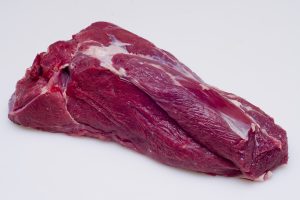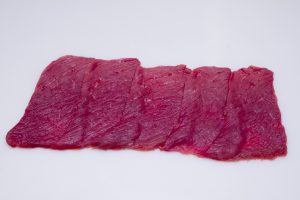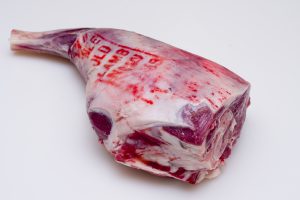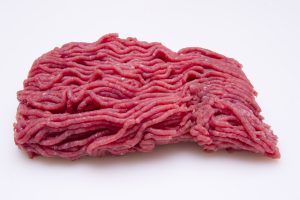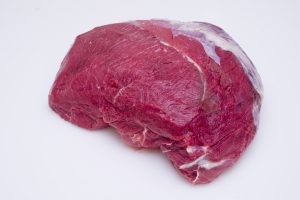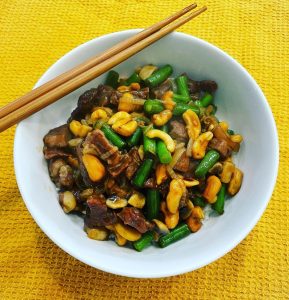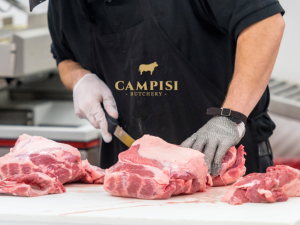Cured meats are meats that have been preserved through processes such as salting, smoking, or drying. These methods not only extend the shelf life of the meat but also impart unique flavors and textures that are highly valued in gourmet cooking. Common types of cured meats include ham, bacon, salami, prosciutto, and chorizo. These delicacies are often featured in gourmet meats selections offered by high-end butchers and specialty shops.
Overview of Common Cured Meats
The variety of cured meats available is vast, each with its own distinct flavor profile and culinary use. Some popular examples include:
- Prosciutto: An Italian dry-cured ham that is thinly sliced and typically served uncooked.
- Salami: A fermented and air-dried sausage originating from Italy, with many regional variations.
- Chorizo: A Spanish pork sausage seasoned with paprika and other spices, available in both cured and fresh forms.
- Bacon: Cured and often smoked pork belly, widely used in breakfast dishes and as a flavor enhancer in various recipes.
Nutritional Value of Cured Meats

Essential Nutrients in Cured Meats
Cured meats are rich in several essential nutrients, making them a valuable addition to a balanced diet when consumed in moderation. Key nutrients found in cured meats include:
- Protein: Cured meats are an excellent source of high-quality protein, essential for muscle growth and repair.
- Vitamins: They provide important vitamins such as B vitamins (B6, B12, niacin) which support energy metabolism and neurological health.
- Minerals: Cured meats contain minerals like iron, zinc, and selenium, crucial for various bodily functions including immune response and red blood cell production.
Comparing Nutritional Profiles: Cured vs. Fresh Meats
When comparing cured meats to fresh meats, there are notable differences in their nutritional profiles:
- Sodium Content: Cured meats typically have higher sodium levels due to the salt used in the curing process. This can be a concern for individuals monitoring their sodium intake.
- Fat Content: Depending on the cut and preparation method, cured meats can have varying fat content. Some cured meats, like salami and bacon, may have higher fat levels compared to lean cuts of fresh meat.
- Preservatives: Cured meats may contain preservatives such as nitrates and nitrites, which are used to prevent bacterial growth and maintain color.
Health Benefits of Eating Cured Meats
Protein and Energy Boost
Cured meats are an excellent source of protein, providing all essential amino acids necessary for the body. Protein is vital for building and repairing tissues, making enzymes and hormones, and supporting overall growth and maintenance. Additionally, the high protein content in cured meats can help with satiety, making you feel fuller for longer periods and aiding in weight management.
Rich Source of Vitamins and Minerals
Cured meats are packed with essential vitamins and minerals that contribute to various health benefits:
- B Vitamins: These vitamins play a crucial role in energy production, brain function, and the formation of red blood cells. Cured meats, especially those from gourmet sources, are rich in B6 and B12, supporting overall vitality.
- Iron: Necessary for the production of hemoglobin, iron in cured meats helps prevent anemia and boosts energy levels.
- Zinc: This mineral is important for immune function, wound healing, and DNA synthesis.
Potential Health Risks of Consuming Cured Meats
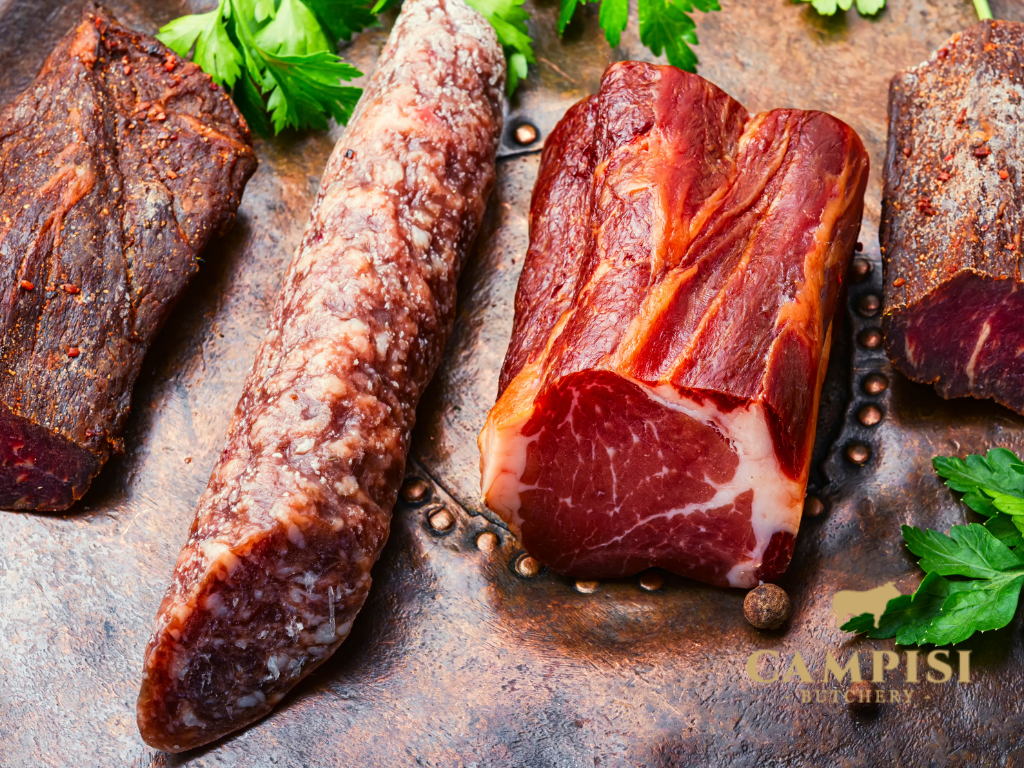
Sodium and Preservative Concerns
One of the main health concerns associated with cured meats is their high sodium content. Excessive sodium intake can lead to hypertension (high blood pressure), increasing the risk of heart disease and stroke. Additionally, some cured meats contain preservatives like nitrates and nitrites, which have been linked to potential health risks, including an increased risk of certain cancers when consumed in large quantities.
Association with Certain Health Conditions
Regular consumption of cured meats has been associated with an increased risk of several health conditions, such as:
- Cardiovascular Disease: High levels of saturated fats and sodium in certain cured meats can contribute to heart disease.
- Cancer: There is evidence suggesting a link between the consumption of processed meats, including cured meats, and an increased risk of colorectal cancer.
- Gastrointestinal Issues: Some people may experience digestive discomfort or exacerbation of gastrointestinal conditions due to the high fat and preservative content in cured meats.
Tips for Healthy Consumption of Cured Meats
Moderation and Balanced Diet
While cured meats can be a tasty and nutritious part of your diet, it’s crucial to consume them in moderation. Here are some tips to ensure a balanced diet:
- Portion Control: Keep servings small and infrequent to avoid excessive sodium and fat intake.
- Balanced Meals: Pair cured meats with plenty of fruits, vegetables, whole grains, and lean proteins to ensure a well-rounded diet.
- Variety: Include a variety of protein sources in your diet, such as fish, poultry, beans, and nuts, to prevent over-reliance on cured meats.
Choosing High-Quality Gourmet Meats
Selecting high-quality gourmet meats can make a significant difference in both taste and health benefits. Here’s what to look for:
- Reputable Sources: Purchase cured meats from trusted gourmet butchers who prioritize quality and food safety.
- Natural Ingredients: Opt for products made with natural ingredients and minimal preservatives.
- Transparency: Choose brands that provide clear information about their curing processes and ingredient lists.
Role of a Gourmet Butcher in Providing Quality Cured Meats

Importance of Sourcing from a Gourmet Butcher
A gourmet butcher plays a vital role in ensuring the quality and safety of cured meats. Here’s why sourcing from a gourmet butcher is beneficial:
- Expertise: Gourmet butchers have extensive knowledge about meat selection, curing processes, and food safety standards.
- Quality Control: They carefully select the best cuts of meat and use traditional, artisanal methods to produce superior cured meats.
- Personalized Service: Gourmet butchers can offer personalized recommendations and advice based on your specific dietary needs and preferences.
How Gourmet Butchers Ensure Healthier Options
Gourmet butchers take several steps to provide healthier cured meats:
- Natural Curing Methods: Many use natural ingredients and traditional methods to cure meats, avoiding synthetic additives and preservatives.
- High-Quality Cuts: They choose high-quality cuts of meat with optimal fat content, ensuring better nutritional profiles.
- Transparency and Traceability: Gourmet butchers often source their meats from reputable farms with transparent practices, ensuring that you know exactly where your food comes from.
Safe Storage and Handling Practices
Proper Storage Techniques for Cured Meats
Proper storage is essential to maintain the quality and safety of cured meats. Follow these tips:
- Refrigeration: Keep cured meats in the refrigerator at a temperature of 4°C (40°F) or below. Store them in airtight containers or wrapped tightly in plastic wrap to prevent exposure to air and moisture.
- Freezing: For longer storage, freeze cured meats. Ensure they are well-wrapped to avoid freezer burn. Label packages with the date of freezing for easy tracking.
- Shelf Life: Pay attention to the recommended shelf life provided by the producer. Consume cured meats within this timeframe to ensure optimal safety and quality.
Ensuring Food Safety at Home
Maintaining food safety when handling cured meats is crucial to prevent contamination and spoilage:
- Clean Hands and Surfaces: Always wash your hands and sanitize surfaces before and after handling cured meats.
- Avoid Cross-Contamination: Use separate cutting boards and utensils for cured meats and other foods, especially raw meats.
- Proper Thawing: If freezing cured meats, thaw them in the refrigerator or use the defrost setting on your microwave. Avoid leaving them out at room temperature for extended periods.
Balancing Benefits and Risks

Summary of Key Points
Cured meats, when consumed in moderation and sourced from high-quality gourmet butchers, can be a delicious and nutritious part of your diet. They offer benefits such as high protein content and essential vitamins and minerals. However, it’s important to be mindful of potential health risks, including high sodium content and the presence of preservatives.
Final Recommendations for Consumers
To enjoy cured meats safely and healthily:
- Moderate Consumption: Include cured meats as part of a balanced diet, focusing on portion control and variety.
- Choose Quality: Purchase from reputable gourmet butchers who prioritize natural ingredients and traditional curing methods.
- Practice Food Safety: Follow proper storage and handling practices to ensure the meats remain safe to eat.
By balancing the benefits and risks, you can enjoy the rich flavors of gourmet cured meats while maintaining a healthy lifestyle.

